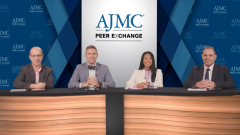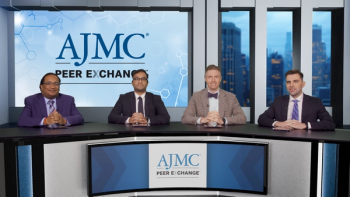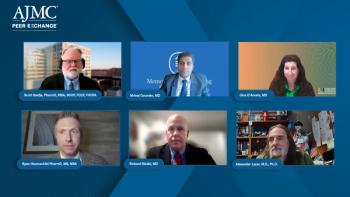
Navigating Access and Coverage Hurdles: Step Therapy in Hidradenitis Suppurativa
Panelists discuss the challenges and evolving landscape of step therapy protocols in hidradenitis suppurativa treatment, emphasizing the impact on patient adherence, the potential benefits of earlier biologic use, and the need for advocacy to improve access and outcomes.
Episodes in this series

Step therapy protocols are a common requirement before biologic therapies are approved for refractory cases, especially in diseases like hidradenitis suppurativa (HS). Typically, patients begin treatment with topical and oral antibiotics as initial steps, even though these may not always be the most appropriate long-term solution. The rationale is to follow established pathways that insurers use to justify biologic coverage. After these initial therapies, if patients do not adequately respond, the progression moves toward biologics, with anti-TNF agents often considered first-line biologic treatments. These biologics are administered with a loading dose over about 12 weeks, after which clinical response is evaluated before potentially moving on to other agents like IL-17 inhibitors.
Patient adherence and comfort with treatment regimens are critical factors during this process. Many biologics require frequent injections over extended periods, so patient willingness and ability to manage these treatments influence therapy choice and success. Despite the constraints imposed by step therapy, there is a gradual shift in some high-cost therapy areas, such as multiple myeloma, where intensive upfront treatment regimens demonstrate improved long-term outcomes. This evolving approach suggests potential for similar shifts in HS and other chronic diseases, where early aggressive treatment might reduce disease progression and overall health care costs.
The hope is that data supporting deep and durable responses early in the treatment course will influence payers to modify step therapy requirements, allowing for more direct access to effective biologics. Such a strategy could improve patient quality of life while decreasing long-term complications and expenses related to disease progression. However, navigating current step therapy pathways remains a challenge for both providers and patients, requiring continued advocacy and evidence generation to optimize treatment algorithms.
Newsletter
Stay ahead of policy, cost, and value—subscribe to AJMC for expert insights at the intersection of clinical care and health economics.







